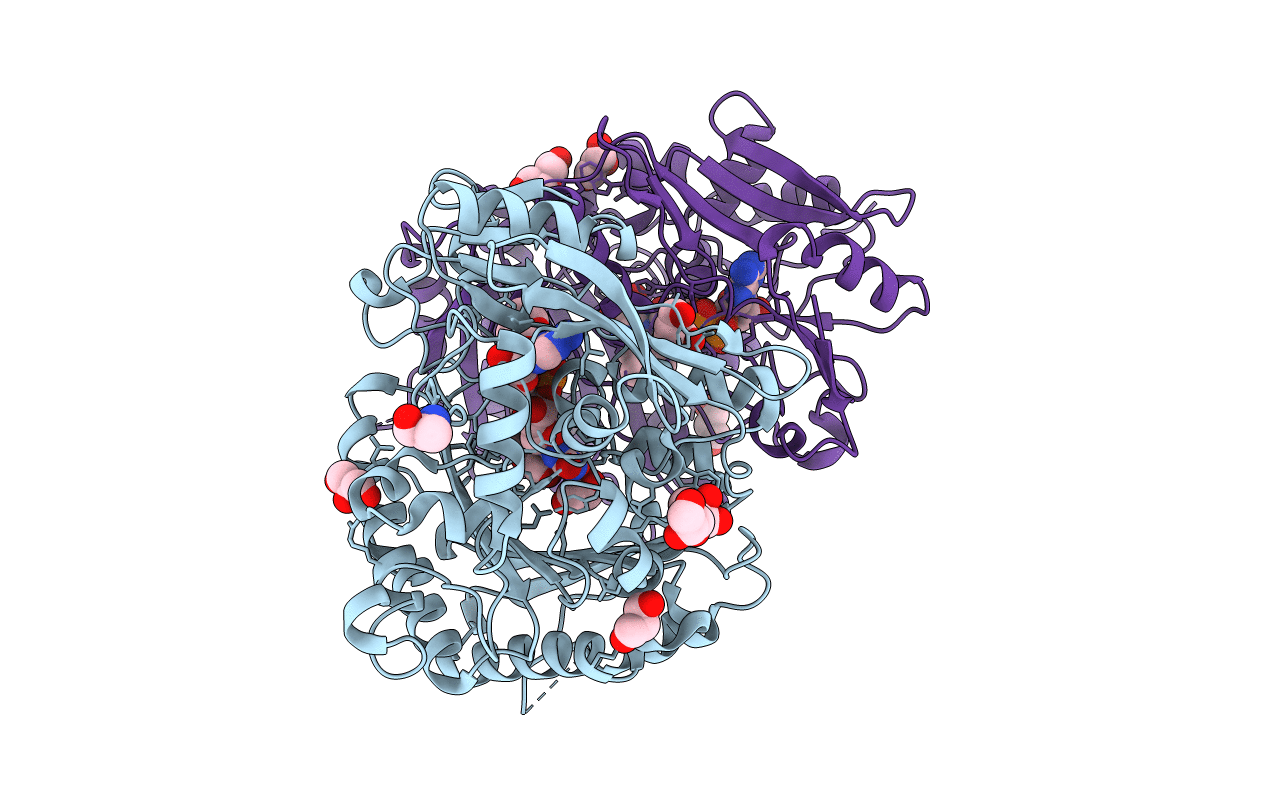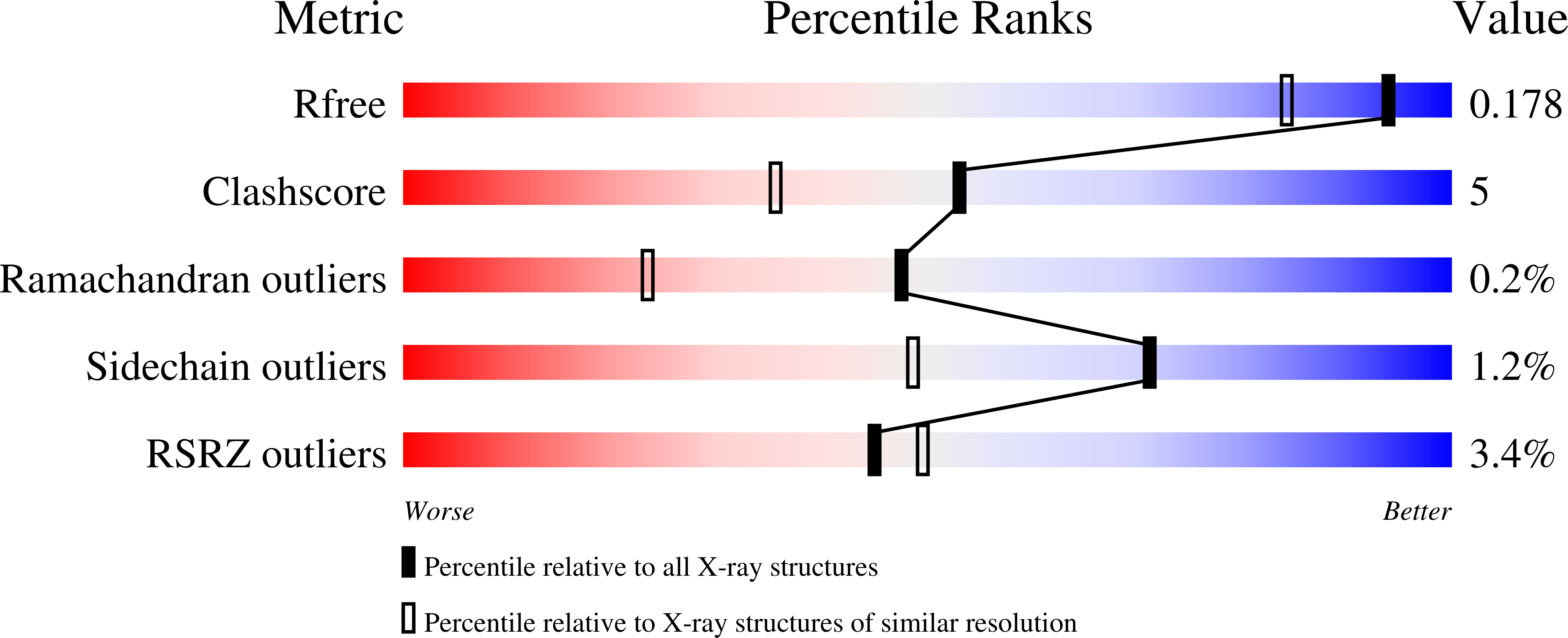
Deposition Date
2022-05-25
Release Date
2022-08-03
Last Version Date
2024-10-23
Entry Detail
PDB ID:
7ZZK
Keywords:
Title:
Structure of the N-acetyl-D-glucosamine oxidase from Ralstonia Solanacearum
Biological Source:
Source Organism:
Ralstonia solanacearum (Taxon ID: 305)
Host Organism:
Method Details:
Experimental Method:
Resolution:
1.50 Å
R-Value Free:
0.17
R-Value Work:
0.15
R-Value Observed:
0.15
Space Group:
P 21 21 21


